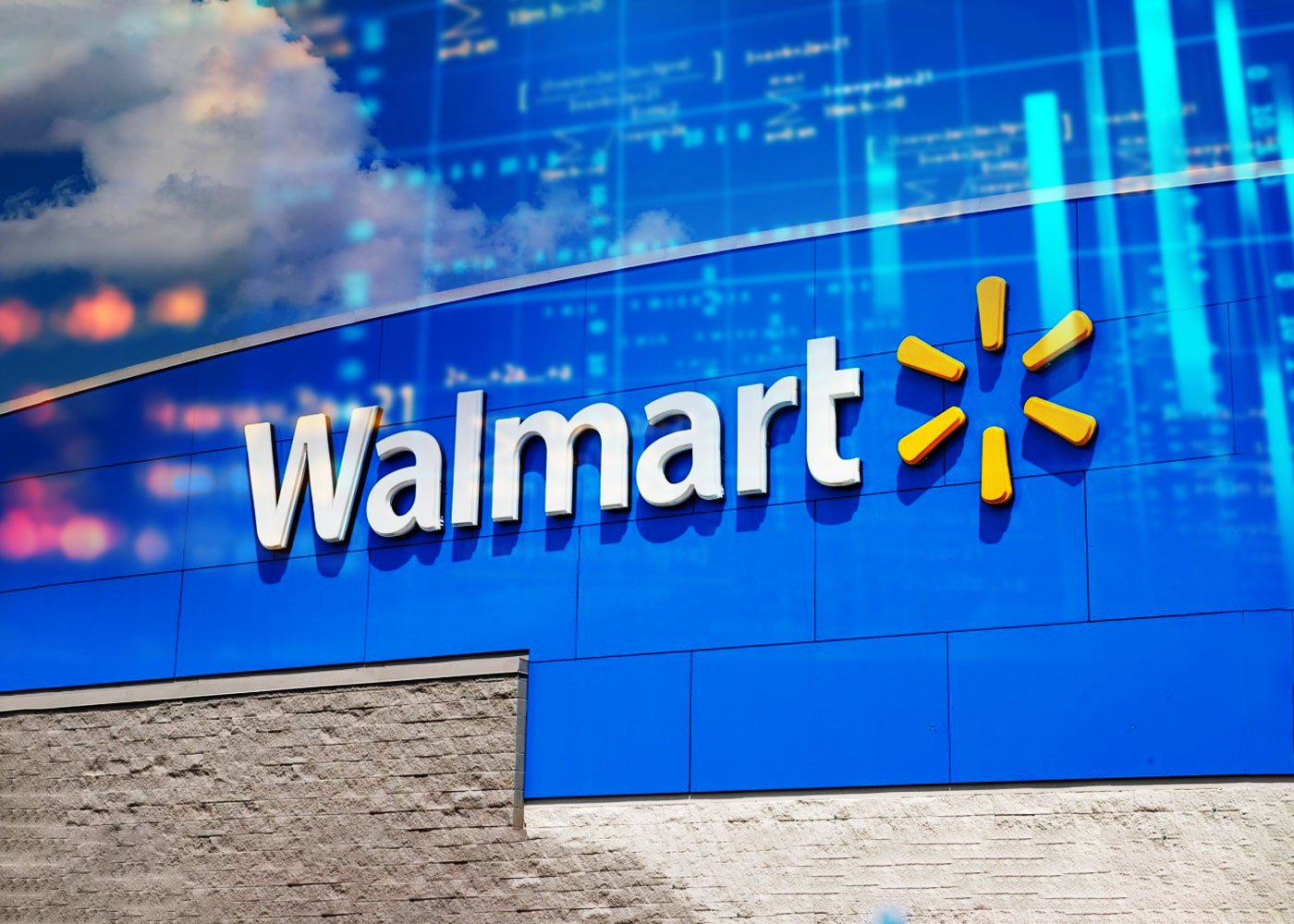
While blockchain has become the most popular and prominent technology platform, other choices are available. Blockchain alternatives are born. With other competitors emerging in recent years, savvy business owners and entrepreneurs should consider evaluating all options before deciding what digital system to use – including several alternative solutions developed based on blockchain technologies. This blog post will explore some of the most notable blockchain alternatives to utilizing a blockchain-based system for various enterprise needs, highlighting their benefits and critical functionalities. Read on to better understand which solution best suits your organization’s requirements today!
What Is Blockchain?
Blockchain is a digital ledger technology that enables secure, transparent, and decentralized recording of transactions or data. It was first introduced in 2008 by an anonymous person or group named Satoshi Nakamoto as the technology underlying the cryptocurrency Bitcoin. Since then, however, blockchain has seen widespread adoption in various industries outside of cryptocurrencies.
A blockchain is a continuously growing list of records called blocks, linked and secured using cryptography. Each block contains a timestamp, a unique cryptographic hash, and a list of transactions or dates. Once a block is added to the chain, it cannot be changed without changing all subsequent blocks. This makes the blockchain tamper-proof and highly secure.
The decentralized nature of blockchain means that no single entity or organization controls the system, and all participants in the network can review and approve transactions or data. This is achieved through a consensus mechanism, validating new blocks added to the chain. There are various consensus methods, such as Proof of Work, Proof of Stake, and Delegated Proof of Stake. Blockchain technology has many features that make it ideal for applications that require transparency, security, and trust. For example, blockchain enables secure and transparent supply chain management by tracking the movement of goods from origin to final destination. It can also be used to create a tamper-proof voting system where each vote is recorded on the blockchain, ensuring the integrity of the voting process.
Blockchain can also be used in the financial sector for secure and fast money transfers. Cryptocurrencies such as Bitcoin and Ethereum use blockchain to enable peer-to-peer transactions without intermediaries like banks. This reduces transaction fees and improves financial inclusion, especially for the unbanked or underbanked.

What Are Blockchain Alternatives?
Blockchain alternatives refer to other decentralized technologies that provide similar functionality to the blockchain but with different technical architectures, consensus mechanisms, and use cases. These technologies aim to address some of the limitations and challenges of blockchain, such as Scalability, Energy Consumption, and Interoperability.
One of the most popular blockchain alternatives is the Directed Acyclic Graph (DAG) used in cryptocurrencies such as IOTA and Nano. DAGs use a different data structure than blockchains, with each transaction linked to previous transactions in a network of nodes. This architecture allows for high scalability, fast transactions, and no transaction fees. However, DAGs have been criticized for lack of security and centralization risks.
Another alternative to a blockchain is Hashgraph. It uses a consensus algorithm called Virtual Voting to achieve high throughput and low latency. Hashgraph claims to be more energy efficient than blockchain, with faster transaction finality and fairness. However, Hashgraph is a proprietary technology owned by a private company, raising concerns about centralization and access control.
Holochain is another alternative to blockchain that uses a different approach to decentralized computing. Instead of a single global ledger, Holochain allows each application to have a distributed hash table that can run on individual nodes or devices. This architecture allows for high scalability, offline capabilities, and low cost. Holochain is still in development, and its adoption is limited.
Other blockchain alternatives include Byzantine Fault Tolerance (BFT), used in permissioned blockchain networks like Hyperledger Fabric, and MultiChain, a platform for building and deploying private blockchains.
The development of blockchain alternatives reflects the growing need for decentralized technology to address specific use cases and requirements beyond blockchain. However, it also raises questions about the interoperability and standardization of these technologies and the potential fragmentation of decentralized ecosystems.
Overall, blockchain alternatives offer different options for decentralized applications and systems, and their development and adoption may continue to shape the future of decentralized technology.
To Sum Up
As we have seen, blockchain is an exciting technology with many potential applications and usages. However, it is essential to remember that blockchain is not the only digital ledger system. Blockchain alternatives such as Directed Acyclic Graphs (DAGs), Multichain, and distributed hash tables (DHTs) provide robust technology architectures for businesses seeking anonymity, scalability, and decentralization in their digital operations. Although these alternatives do not possess the same level of security as traditional blockchain systems, they open up new possibilities for digital innovation in an increasingly globalized world. With these choices in mind, business owners can make well-informed decisions when choosing the appropriate ledger system to incorporate into their unique business processes. Seeing so many options available to us in this modern age is encouraging—we look forward to exploring even more possibilities in the years ahead.






